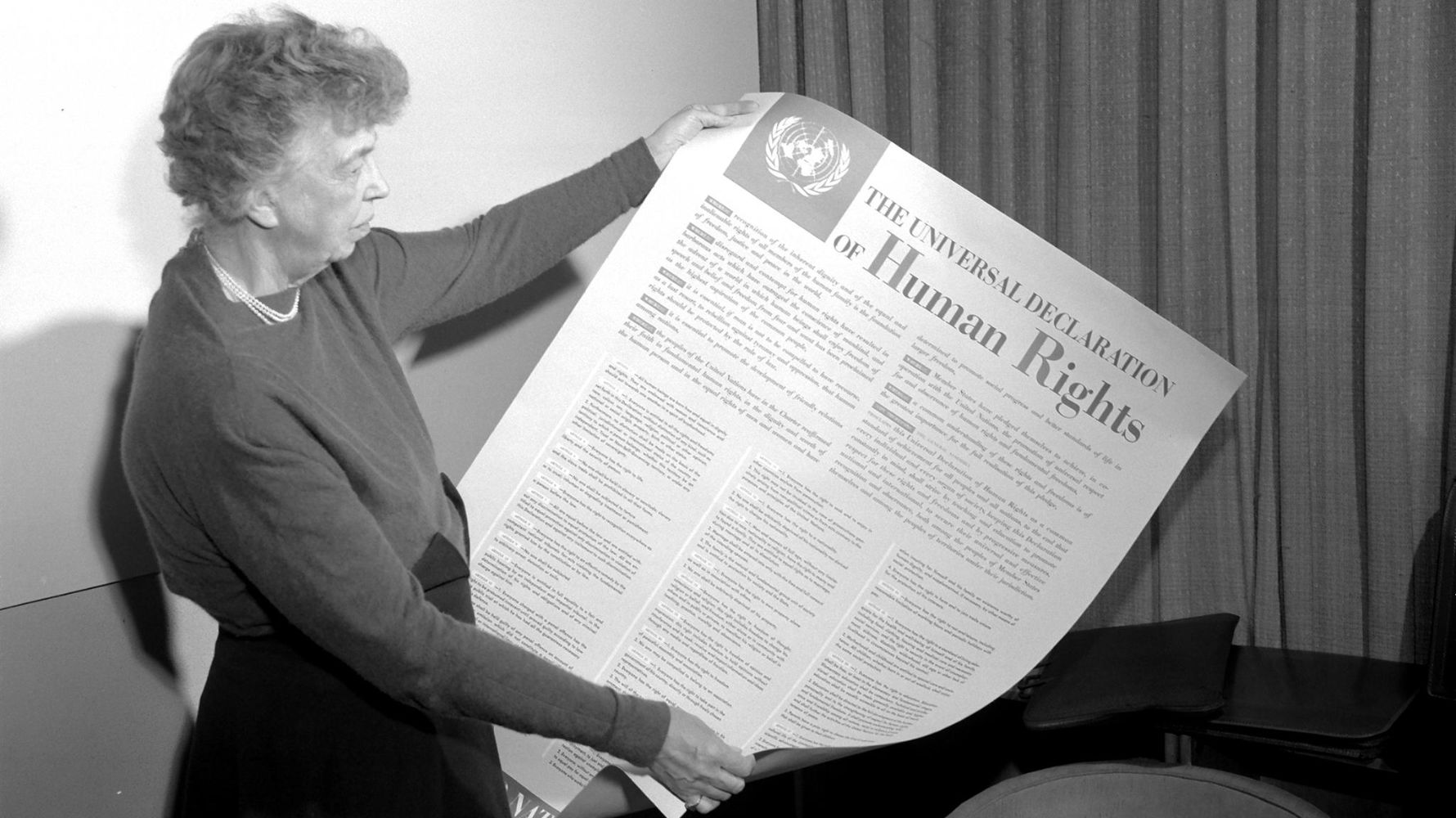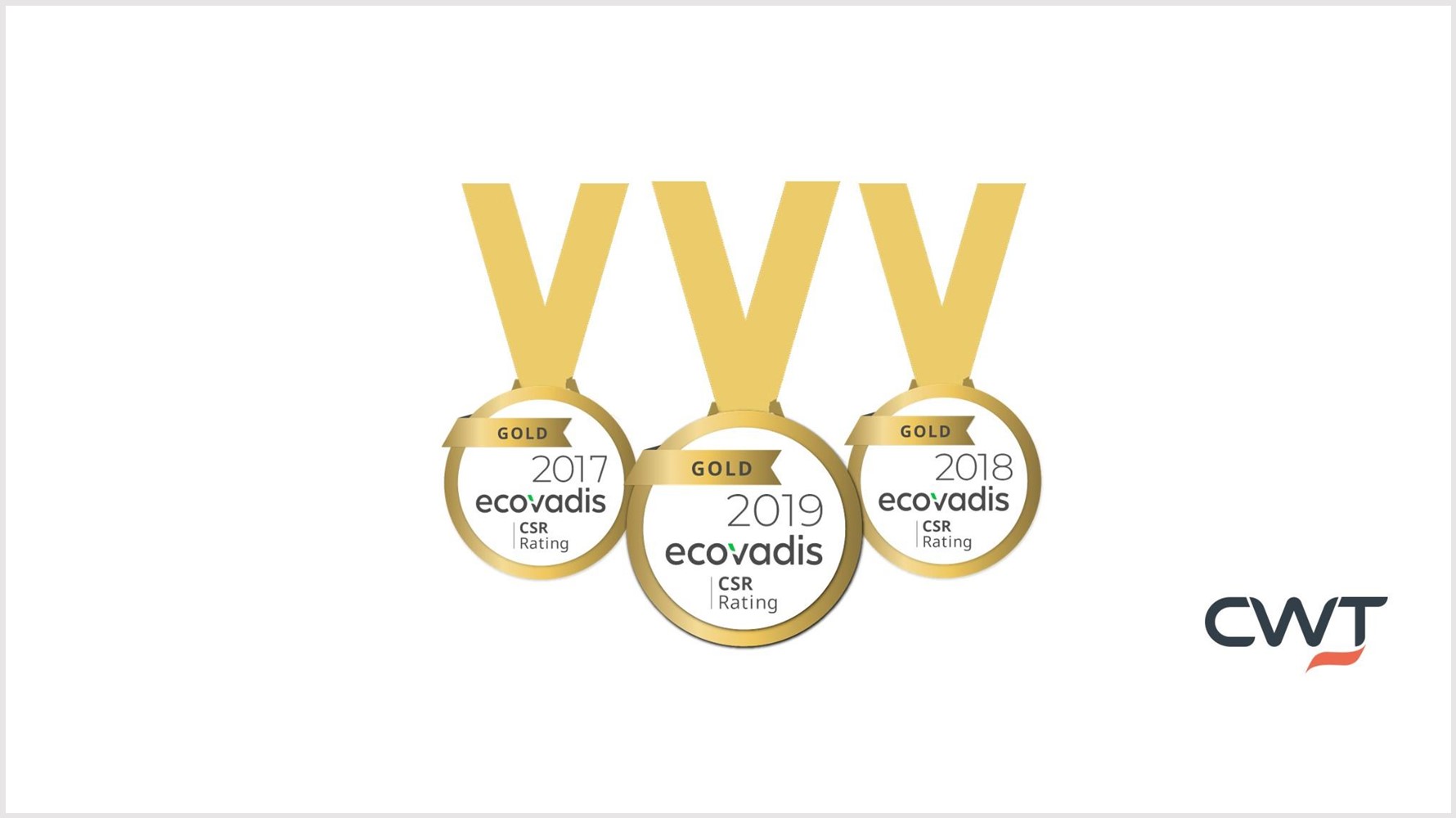As a global organization with people from all over the world of different age, gender, sexual orientation, origins, education, work experience, beliefs and many other forms of diversity, we maintain a zero tolerance stance to any forms of discrimination.
It is our responsibility to embrace diversity and promote an inclusive culture in the company. One important step to do that is to identify unconscious biases that can lead us to discrimination.
Everyone can be biased about anything — gender, skin color, age, communication style or what someone does in their free time. Unconscious biases are not intentional — they’re part of the lens through which we see the world. When people don't fit our perceived expectations, we can sometimes have difficulty seeing the things about them that matter.
Unconscious biases can have a potentially negative effect on recruitment, performance development, retention, leadership and customer experience to name a few examples.
Today, as we celebrate Zero Discrimination Day, here are five tips that we have shared with our teams to help us all avoid bias:
- Question and be curious. Start with yourself. If you notice you are making assumptions without evidence to support them, stop and question where your unconscious bias comes from. Also, pay attention to others. If you feel someone has made a statement that demonstrates an unconscious bias, flag it and be supportive.
- Make meetings inclusive. If you’re a participant, be respectful, limit interruptions, listen to everyone and be constructive. If you’re running the meeting, plan the meeting agenda and who will lead each item, ask for everyone’s opinion and encourage counter opinions.
- Promote supportive dialogue. In order to do so, start by acknowledging — state your understanding without judgment. Then clarify. Ask people to explain their beliefs so that you avoid making any incorrect assumptions. After that, look for evidence, ask for specific examples. Finally, solve; ask people to brainstorm if there could be another solution.
- Avoid bias during recruitment and talent management assessments. Predefine role criteria, required qualifications, technical skills, and job description and then clearly articulate your decision to reject or move forward with each candidate. Use structured interviews and refer to tangible facts to evaluate candidates. Refer to past behaviors and examples instead of relying on your feelings.
- Organize training and awareness sessions to make sure the whole organization works to identify biases and create an inclusive workplace.




